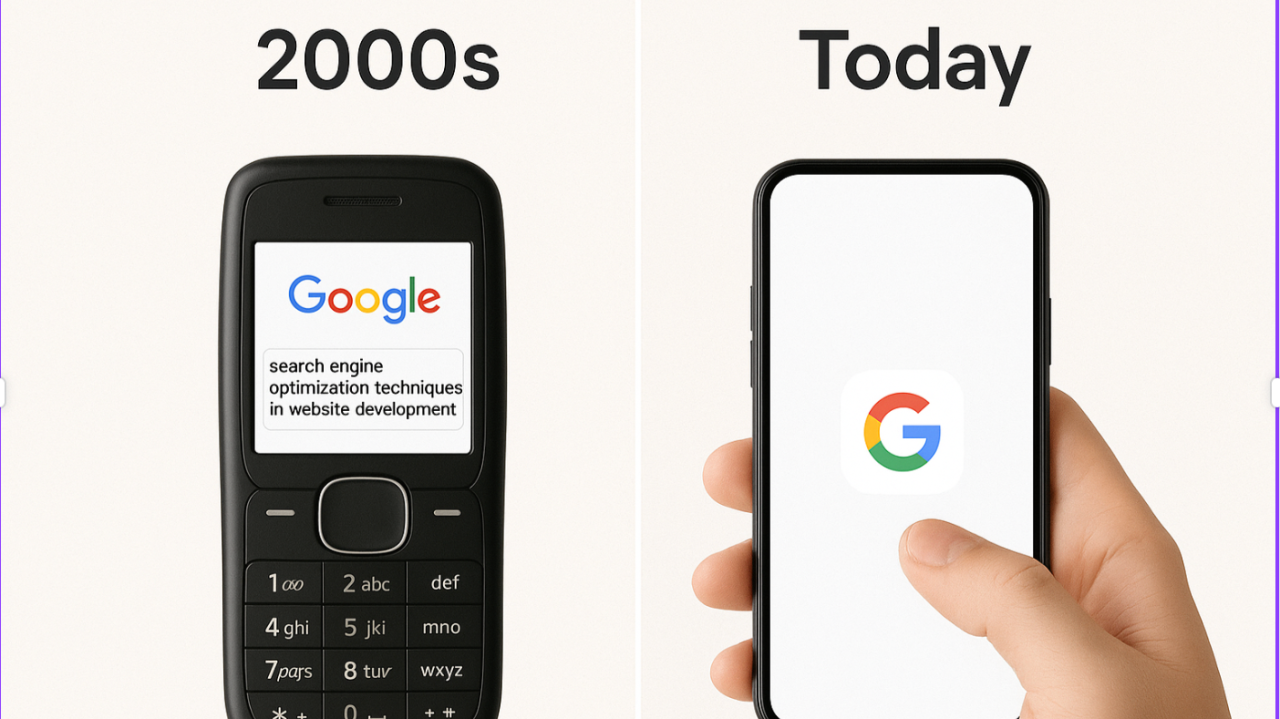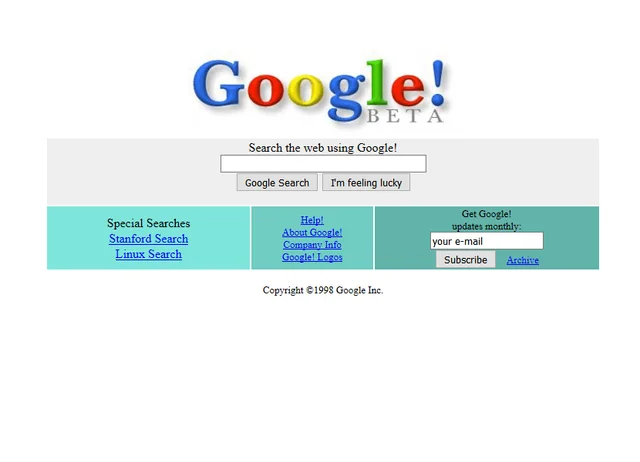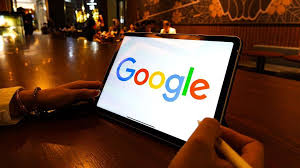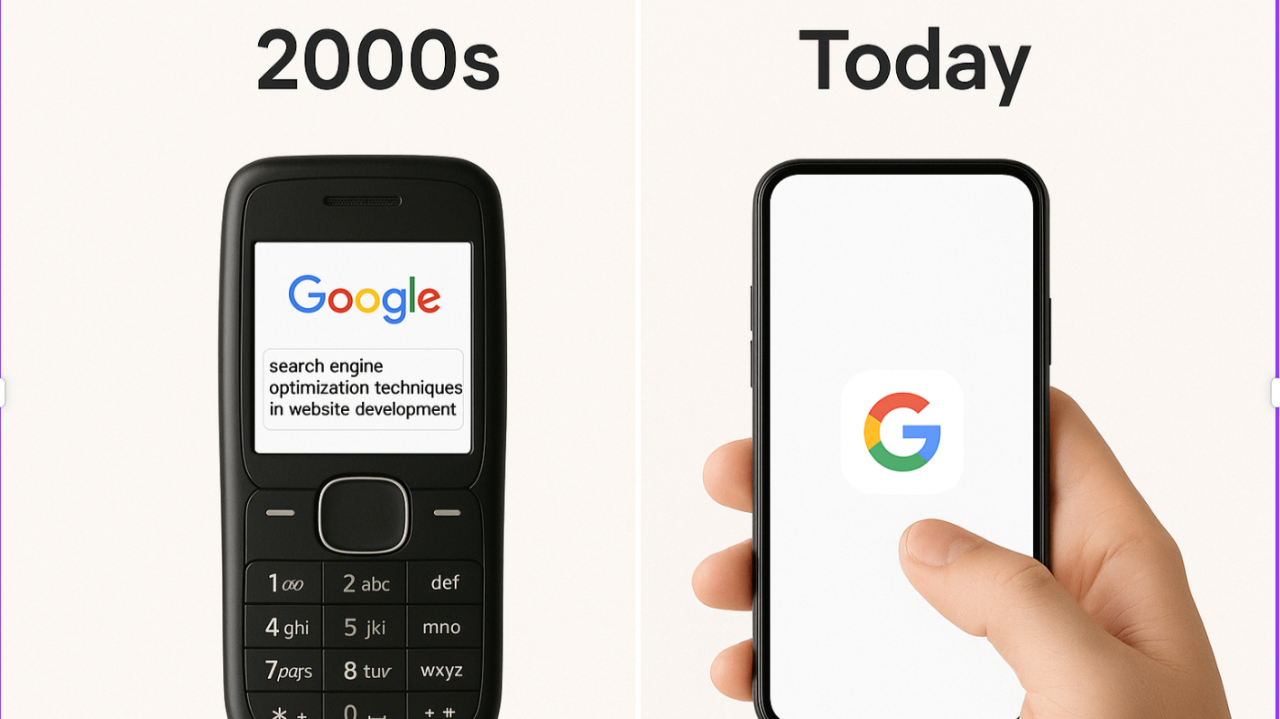Imagine sitting in front of a bulky desktop computer, the unmistakable hum of a dial-up modem filling the room. The year is 2000, and the internet is still a wild, uncharted territory. Back then, search engines like Yahoo, AltaVista, and Lycos ruled the web, offering users a cluttered mix of news, directories, and ads. But then, Google appeared, clean, simple, and focused on one thing: searching.

Unlike its competitors, Google’s homepage was refreshingly minimalistic, just a white screen, a colorful logo, and a single search bar. It felt almost too basic compared to the busy layouts of Yahoo and AltaVista, but this simplicity was intentional. As noted by the Web Design Museum, Google’s design put search results front and center, eliminating distractions and making it easier for users to find exactly what they needed.
The magic of “I’m Feeling Lucky”

One of Google’s quirkiest features was the “I’m Feeling Lucky” button. Instead of displaying a list of search results, it took users directly to the top-ranked page for their query. According to Search Engine Land, while most users didn’t rely on the feature daily, it added a unique element of surprise to the search experience.
Speed that changed everything
At the time, search engines often took several seconds to load results. Google revolutionized this by introducing PageRank, an algorithm that prioritized relevance and made searches feel instantaneous. As explained by Google, this breakthrough in speed and efficiency helped Google quickly surpass its competitors.
The birth of “Googling”

Before Google, people would say they were “searching online.” But as Google’s popularity soared, a new verb emerged—“Googling”. By the mid-2000s, the term had become so common that Merriam-Webster officially added it to the dictionary. As highlighted by Search Engine Land, this shift marked a turning point in the way people thought about internet search.
Looking back, moving forward
Google’s early days were humble, but its impact was monumental. What started as a simple search engine became the gateway to the internet, shaping how we find information today. Fast forward to now, and Google is everywhere,from voice searches to AI-powered results.
But for those who remember the early 2000s, there was something special about typing a query into that plain white box, hitting enter, and watching the internet unfold before our eyes.




